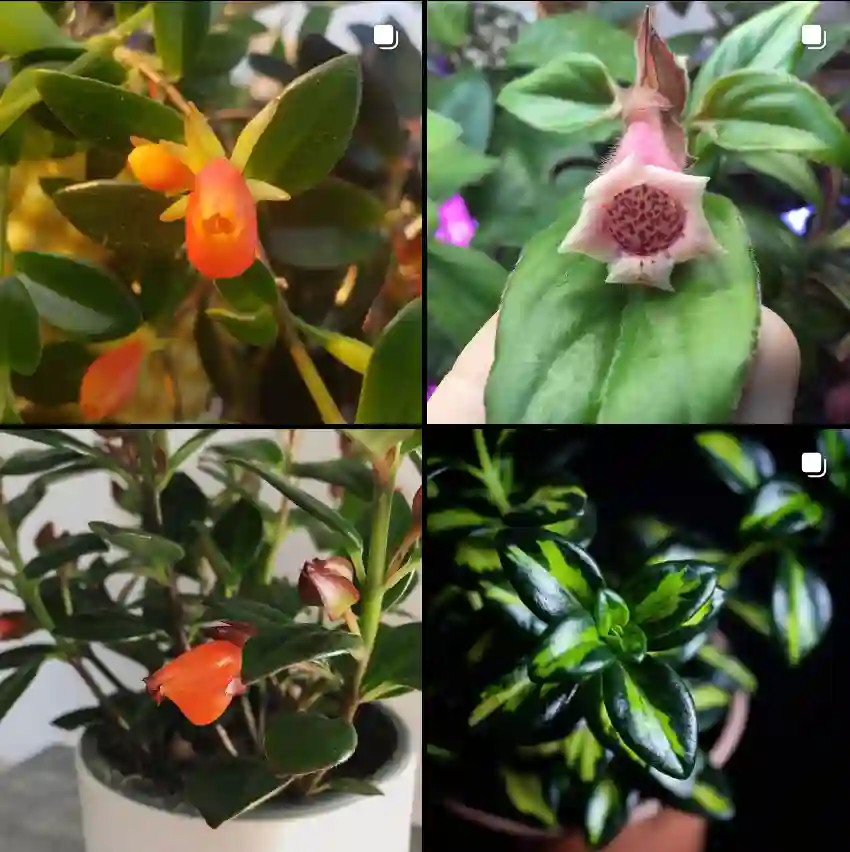Hosta Capitata: A Shade-Loving Beauty with Unique Charm
Hi, I’m Ferb Vu, and I’m here to answer your questions about Hosta Capitata, a fascinating shade-loving perennial with a distinct character. Whether you’re a seasoned gardener or just starting your plant parenthood journey, this FAQ will equip you with the knowledge to cultivate this Korean native in your own backyard.
31 Species in Genus Hosta
What is Hosta Capitata?
Hosta Capitata, also known as the Korean Hosta, is a species belonging to the Asparagaceae family. It’s a herbaceous perennial, meaning it dies back in winter but returns year after year. Native to the woodlands and rocky riverbeds of Korea, it thrives in shady environments and boasts beautiful, dark green, heart-shaped leaves with a unique piecrust margin.
How Big Does Hosta Capitata Get?
Hosta Capitata forms a medium-sized mound, reaching a mature height of around 12-16 inches and spreading up to 38 inches wide. Its compact size makes it a versatile addition to various garden settings, from borders and walkways to container plantings.
What Kind of Flowers Does Hosta Capitata Have?
Unlike its showier cousins, Hosta Capitata’s charm lies in its understated elegance. In late June to July, it produces clusters of lavender or purple flowers atop ridged scapes. The flower buds themselves are particularly captivating, appearing as tight, ball-shaped structures before unfurling their delicate blooms.
How Does Hosta Capitata Differ from Other Hostas?
While most Hostas boast fragrant white or pale-colored flowers, Hosta Capitata stands out with its unique lavender or purple blooms. Additionally, its rippled, dark green leaves with a piecrust margin add a textural element not commonly found in other Hosta varieties.
Here’s a quick comparison table to highlight the key differences:
| Feature | Hosta Capitata | Other Hosta Varieties |
|---|---|---|
| Flower Color | Lavender or Purple | White, Pale Lavender, or Light Purple |
| Leaf Texture | Rippled with Piecrust Margin | Smooth or Lightly Textured |
| Leaf Color | Dark Green | Green, Variegated (Green and White/Cream) |
Sun or Shade for Hosta Capitata?
Hosta Capitata thrives in light shade. Direct sunlight can scorch its leaves, so planting it under trees or in areas with dappled sunlight is ideal.
How to Care for Hosta Capitata?
Here’s what you need to know to keep your Hosta Capitata happy and thriving:
- Planting: Choose a location with well-drained, fertile soil. Amend the soil with compost or organic matter if necessary. Space multiple plants 24-36 inches apart.
- Watering: Water regularly, especially during hot and dry periods. Aim to keep the soil consistently moist but not soggy.
- Fertilizing: A balanced fertilizer applied in early spring can promote healthy growth. However, Hosta Capitata is not a heavy feeder, so avoid over-fertilizing.
- Mulching: Apply a layer of mulch around the base of the plant to retain moisture, suppress weeds, and regulate soil temperature.
- Pests and Diseases: Hosta Capitata is relatively pest and disease resistant. However, watch out for slugs and snails that might nibble on the leaves. You can use organic control methods like handpicking or beer traps to manage these pests.
Is Hosta Capitata Deer Resistant?
Unfortunately, Hosta Capitata is not deer resistant. Deer find their foliage quite palatable. If deer are a problem in your area, consider planting Hosta Capitata in a protected location or using deer repellent to deter them.
Can Hosta Capitata Be Grown Indoors?
While technically possible, Hosta Capitata isn’t ideally suited for indoor growing. It requires consistent moisture and cooler temperatures, which can be challenging to maintain indoors. Additionally, it needs a period of dormancy in winter, which is difficult to replicate indoors.
How to Propagate Hosta Capitata?
Hosta Capitata can be easily propagated by division in early spring or fall. Simply dig up the mature clump, carefully separate sections with 2-3 eyes each, and replant them in new locations.
With its unique charm and low-maintenance requirements, Hosta Capitata is a valuable addition to any shade garden. By following these simple care tips, you can enjoy its beauty for years to come.
If i die, water my plants!



